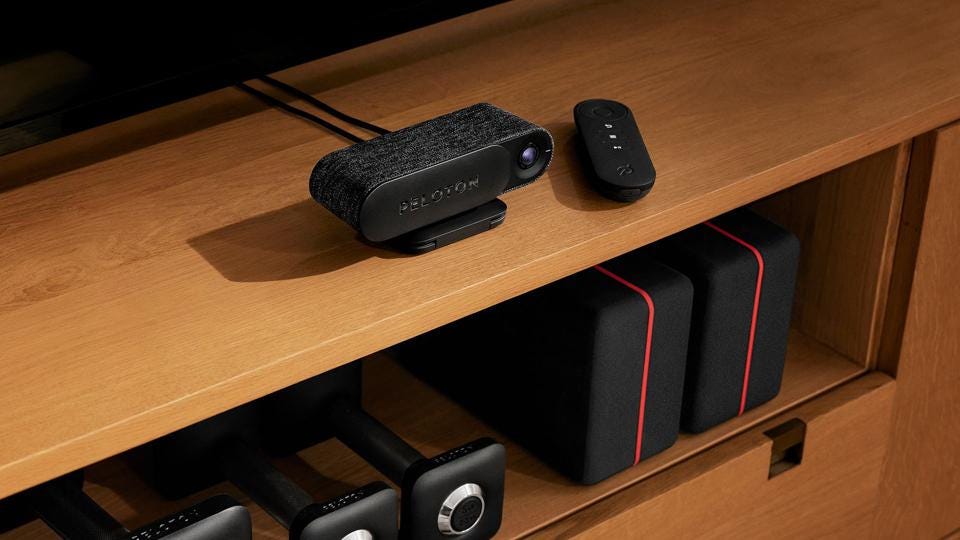Instead of replacing gyms, connected fitness companies want to play nice. Expanding their customer base, equipment makers are shrinking their products and price points to reach a wider audience, including IRL exercisers.
The latest: Thinking portable, Liteboxer debuted go-anywhere shadowboxing workouts, syncing its digital platform to wrist-worn sensors.
Launching with bulky punching bags, the connected boxing company has been moving away from cumbersome—and expensive—equipment.
A first step, Liteboxer unveiled its VR experience for Meta Quest. Now, its shadowboxing wearables come with a monthly content subscription, while existing users can simply add (for a one-time fee) the sensors to their existing membership.
The Price is Right
With connected fitness facing waning demand, strategies have started to shift.
While companies like Peloton slashed prices and toyed with their business model, other equipment makers went all-in on accessibility.
As Liteboxer CEO Jeff Morin told us, there’s a much larger market beyond high-earners:
“There are only so many people with $2K to spend on hardware. Companies will need to tap into the lower part of the income pyramid to find their next set of customers.”
Echoing this sentiment, Tempo CEO Moawia Eldeeb said “accessibility” will play a key role in defining the future of home fitness, adding:
“We’re going to start seeing more reasonably priced solutions that provide users with a great workout without breaking the bank”.
With that context in mind, it’s no wonder that Liteboxer and Tempo have released products like “Go” and “Move,” respectively, while Peloton rolled out “Guide.”
Playing nicely. As omnichannel fitness takes hold, reasonably priced, easy-to-store equipment could appeal to exercisers splitting their time between IRL and at-home. In that way, connected fitness would complement brick-and-mortar options instead of killing them — an aspiration smart equipment makers have largely backed away from.
Looking ahead: Far from a winner-take-all market, fitness is multi-faceted, and exercisers call the shots. With consumers favoring convenience, personalization, and variety, brands must prioritize price, content, and talent to compete.






